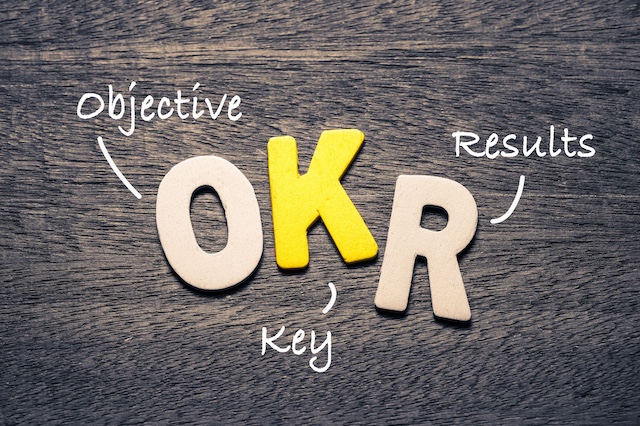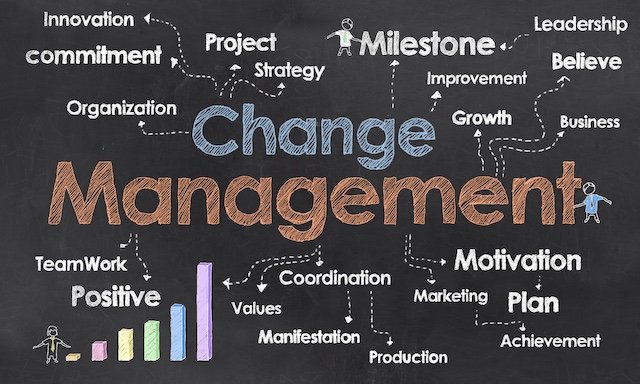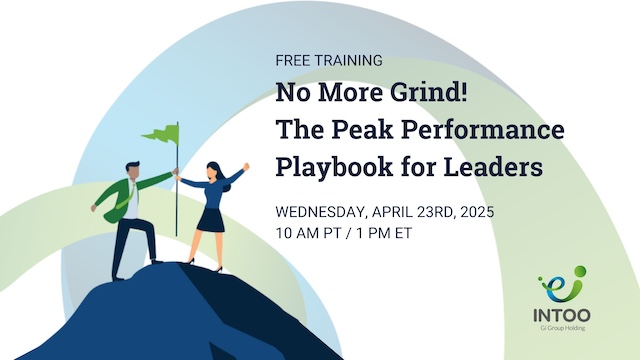Objectives and key results, or OKRs for short, are a goal-setting framework that helps organizations align their strategic vision with measurable outcomes. They consist of clearly defined objectives that outline what you want to achieve, paired with key results that provide specific, quantifiable benchmarks to track progress towards those objectives. This approach ensures focus, accountability, and continuous improvement across teams and departments.
This guide is designed to outline the OKR framework, from its fundamental principles to its transformative impact on organizational performance. Whether you’re a seasoned leader or just beginning to explore strategic planning, you’ll find clear, actionable insights that can help you align your team’s efforts, drive accountability, and turn big-picture goals into measurable outcomes.
Below, we delve into real-world examples and share best practices to empower you to design, implement, and refine your own OKR strategy.
Why Are OKRs Important for Business Growth?
OKRs play a pivotal role in driving business growth by aligning every department and individual around a shared vision and measurable goals. By setting ambitious yet achievable objectives alongside specific key results, organizations create a focused roadmap that directs energy and resources toward the most impactful initiatives. This framework not only encourages accountability and continuous improvement but also cultivates a culture of transparency where every team member understands how their efforts contribute to the company’s overall success.
OKRs also enable businesses to rapidly identify areas of progress and address potential setbacks through regular reviews and data-driven insights. This agility is critical in today’s fast-paced market, as it allows companies to quickly pivot their strategies according to evolving trends and customer demands. With clear benchmarks in place, teams are empowered to experiment, innovate, and refine their approaches, thereby accelerating growth and maintaining a competitive edge.
OKR Framework: Objectives and Key Results
Objectives and key results together serve as a robust framework for setting and tracking ambitious goals. Both elements are crucial for ensuring that an organization not only clarifies its vision for its future but also meticulously plans the path to get there. This process unfolds within an OKR cycle, a structured timeframe—typically quarterly or annually—in which objectives are set, progress is monitored, and outcomes are reviewed to drive continuous improvement.
Objectives are clearly defined, qualitative goals that articulate what you aim to achieve. They represent the strategic aspirations of a team or organization. An objective should be inspiring and challenging, yet attainable, encapsulating the essence of what success looks like. It is important that objectives are communicated in a way that resonates with everyone involved, setting a unified direction and purpose. This aspirational quality of objectives motivates team members to rally around a common vision and strive for excellence.
Key Results are the measurable outcomes that determine whether the objective has been achieved. They break down the objective into quantifiable metrics or milestones, providing a clear roadmap for progress. Key results should be specific, time-bound, and challenging yet realistic. They act as the performance indicators that signal success or the need for recalibration along the journey. By tracking these numerical benchmarks throughout the OKR cycle, teams can objectively evaluate their performance and make data-driven decisions to stay on track.
While the objective sets the ambitious destination, key results outline the measurable steps required to arrive there. Together, they drive focus and alignment across the organization and foster a culture of transparency and accountability. When both elements are effectively defined and executed, OKRs empower organizations to transform lofty ambitions into actionable outcomes, ensuring that every effort is a step toward achieving strategic success.

OKR Strategy Best Practices
Below is a list of best practices designed to help you create, implement, and refine an OKR framework that enhances focus, transparency, and continuous improvement.
- Keep objectives focused: Limit each cycle to a manageable number of objectives (typically 3-5) to ensure clarity and concentrated effort.
- Define measurable key results: Ensure key results are quantifiable, specific, and time-bound, providing clear benchmarks for progress.
- Align with strategic goals: Connect OKRs to broader organizational goals so that every team member understands how their work contributes to overall success.
- Set ambitious, yet achievable goals: Strike a balance between challenging your team and setting realistic targets to drive motivation without causing burnout.
- Promote transparency: Share OKRs across the organization to foster accountability, encourage collaboration, and maintain alignment.
- Conduct regular check-Ins: Schedule periodic reviews to assess progress, address challenges, and adjust as needed.
- Encourage cross-functional collaboration: Involve different teams to leverage diverse perspectives and ensure that OKRs support integrated efforts across the organization.
- Iterate based on feedback: Continuously improve the OKR process by incorporating insights from retrospectives and feedback from team members.
- Celebrate milestones: Recognize and reward achievements along the way to maintain momentum and boost team morale.
- Document learnings: Keep a record of what worked well and what didn’t to refine future OKR cycles and build a culture of continuous improvement.
Measuring Success: How to Score OKRs
Scoring OKRs is essential for evaluating progress and refining future objectives. A common approach is using a scale from 0.0 to 1.0, where 1.0 signifies full achievement, 0.7 to 0.9 indicates strong progress, and anything below 0.4 suggests significant challenges. This system helps teams assess performance objectively while identifying areas for improvement.
Another method is the traffic light system, where green means the key result was fully met, yellow indicates partial progress, and red signals little to no advancement. Regardless of the scoring method, it’s crucial to focus on learning rather than just the numbers. Low scores should be viewed as opportunities for reflection and adjustment, not failure. Regular scoring and discussions help teams stay accountable, refine their strategies, and continuously improve their goal-setting approach. By consistently measuring OKRs, organizations can ensure alignment, track growth, and enhance overall performance.
Examples of OKRs in Action
Across industries, organizations have successfully implemented OKRs to drive focus, accountability, and growth. For example, Google is renowned for adopting OKRs early in its journey to scale its business. At Google, each team sets ambitious objectives—such as “Improve product usability”—paired with measurable key results like “Increase daily active users by 20%” or “Achieve a 15% reduction in page load times.” This transparent and data-driven approach enables teams to innovate rapidly while staying aligned with the company’s overarching goals.
Similarly, Airbnb has used OKRs to scale its operations and improve customer trust. An objective like “Strengthen community trust and safety” could be supported by key results such as “Reduce booking cancellations due to safety concerns by 25%” and “Achieve a 95% host response rate within 24 hours.” By implementing such OKRs, Airbnb ensures that its platform fosters reliability and transparency, helping both hosts and guests have a seamless experience.
The versatility of OKRs is evident in both large and small businesses. A major retailer might set an objective such as “Enhance e-commerce efficiency to improve customer satisfaction.” Key results could include “Reduce average online order fulfillment time by 30%” and “Increase mobile app conversion rates by 15%.” This allows the retailer to focus on operational efficiency while enhancing the customer shopping experience.
On the other hand, a smaller business, such as a local coffee shop chain, could use OKRs to expand its reach and customer base. An objective such as “Grow brand awareness in the local community” could be tracked through key results like “Increase social media engagement by 40%” and “Launch a referral program to acquire 200 new customers in six months.” By leveraging OKRs, even small businesses can set clear goals, track progress, and drive sustainable growth.
OKRs: Catalyzing Success in the Modern Workplace
In conclusion, OKRs are a transformative tool in the workplace, driving clarity, alignment, and accountability across every level of an organization. By establishing clear, ambitious objectives paired with measurable key results, teams are empowered to focus their efforts on what truly matters, eliminating ambiguity and streamlining priorities. This framework not only fuels individual performance but also fosters a culture of collaboration and transparency, where every member understands their role in the broader company vision. Regular check-ins and data-driven reviews ensure that progress is consistently monitored, allowing for timely adjustments and continual improvement. Embracing OKRs means committing to a culture of excellence, innovation, and sustained growth—key ingredients for success.
Looking for ways to support your team members in their efforts to meet their goals? INTOO offers a variety of coaching programs that can help them set individual goals and milestones and create a strategy for achievement. Contact us to learn about these and other career development programs and find the right solutions for your employees.











